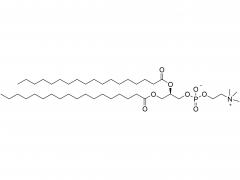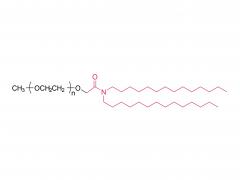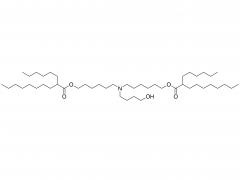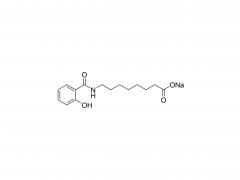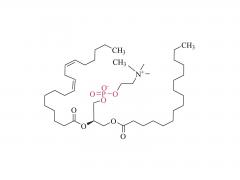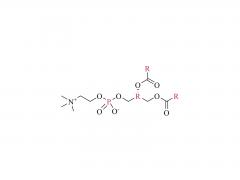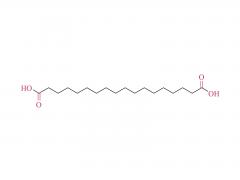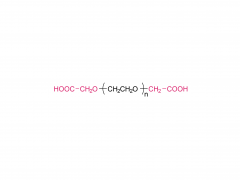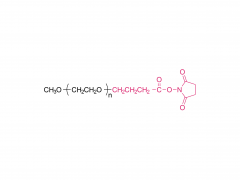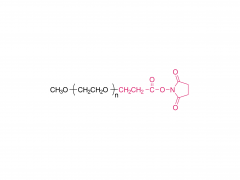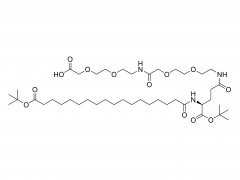In recent years, polyethylene glycol eye drops have attracted much attention in the Chinese market.This product, known as "special eye drops", not only has a hot sales in China, but also attracted the attention of many consumers.However, with the popularity of polyethylene glycol eye drops, the controversy about its efficacy and adverse effects is becoming more and more intense.This article will take you into this eye drops, decrypt the charm and controversy of this mysterious eye drops.
I. Particularities
Polyethylene glycol eye drops, also known as polyethylene glycol ophthalmic solution, is a new type of ophthalmic drug.The main component is polyethylene glycol (PEG), which has the following special features:
1. High hydrophilicity: polyethylene glycol has good water solubility, which can form a layer of hydration film on the ocular surface, improve the humidity of the ocular surface, and reduce dry eyes.
2. Extend the residence time of the drug on the ocular surface: it can form a thin film on the ocular surface, make the drug release slowly, and extend the time of the drug on the ocular surface.
3. Reduce the fluctuation of drug concentration: it can reduce the fluctuation of drug concentration on the ocular surface, and make the drug effect more stable.
4. Relieve ocular symptoms: it has less relief effect on ocular inflammation, infection and other eye diseases.
II. Hot topics and special insights on polyethylene glycol eye drops
1. The difference with artificial tears Although both artificial tears and tears can relieve dry eyes, their mechanisms of action and components are different.Artificial tears mainly simulate tear components, containing a variety of electrolytes, proteins and so on, which can supplement the lack of tears.While reducing ocular symptoms by improving ocular surface humidity, prolonging the action time of drugs and other ways.Therefore, the choice should be judged according to personal needs and ocular symptoms.
2. Whether it is suitable for long-term use
Although it has the effect of reducing ocular symptoms less, long-term use still needs caution.Because polyethylene glycol itself has antigenicity, long-term use may lead to the imbalance of ocular flora and other problems.Therefore, when used, it is recommended to follow the doctor's advice, and do not use it without authorization for a long time.
3. Comparison with traditional eye drops
Compared with traditional eye drops, it has the following advantages:
(1) more stable drug action: it can form a thin film on the ocular surface, release the drug slowly, and prolong the time of drugs on the ocular surface.
(2) high hydrophilicity: polyethylene glycol has good water solubility, which can form a hydration film on the ocular surface and improve the humidity of the ocular surface.
(3) reduce the fluctuation of drug concentration: it can reduce the fluctuation of drug concentration on the ocular surface, and make the drug action more stable.
However, there are also limitations, such as long-term use may lead to the imbalance of ocular flora. Therefore, when choosing eye drops, we should judge according to individual needs and eye symptoms.
III. Future development trend
1. Personalized diagnosis and treatment: according to different eye diseases and patient needs, research and develop more targeted.
2. Drug delivery system: using the characteristics of , develop new drug delivery system to improve the bioavailability of drugs on the ocular surface.
3. Joint diagnosis and treatment: it will be combined with other ophthalmic drugs to achieve better treatment effect.
4. Safety evaluation: strengthen the safety evaluation of , to ensure the eye health of patients in the long-term use process.
As a new ophthalmic drug, polyethylene glycol eye drops have attracted much attention in the market with its special charm.However, while enjoying the convenience it brings, we should also pay attention to its potential risks.Reasonable use and attention to eye health can make this better eye drops bring light to our life.






